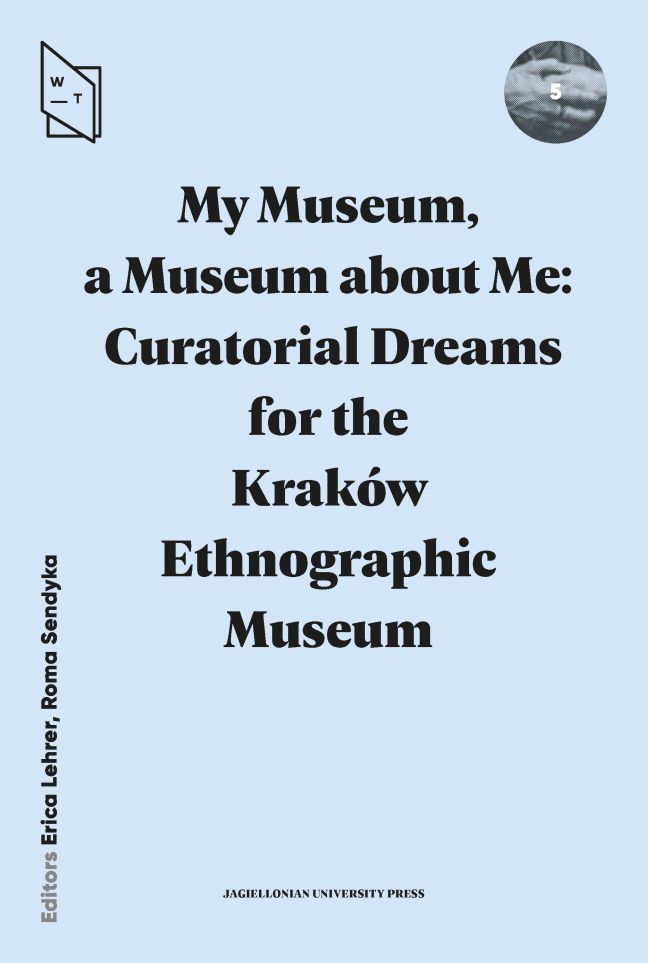To Whom Does the Legacy of the Polish Village Belong? Notes on a Curatorial Project
Published online by Cambridge University Press: 01 March 2024
Summary
At 4:30 pm on 27 June 2017, a curator's tour of the permanent exhibition in the Ethnographic Museum of Kraków began. It was different from the usual tour—a portion of the objects had been “interrupted” with commentaries, literary texts, and additional items that changed their initial impact and broadened the context of thinking about the legacy of the Polish village. What exactly was this innovation based on, where did it come from, and what was its goal?
The idea of a curatorial intervention arose during Professor Roma Sendyka's graduate seminar in the Polish Department of the Jagiellonian University; the discussion was prompted by the museum's announcement of a project to update their permanent exhibition, a large part of which has been unchanged for nearly 70 years. It comprises several exhibition halls, among them a Krakówstyle interior, whose furnishings come from various joineries in Lesser Poland, with wall decorations done by painters from Zalipia in 1949, a Podhale-style room with costumes of górale [inhabitants of Poland's mountain region], a schoolroom with a crucifix hanging on the wall and a portrait of President Mościcki (1926–1939), and a gallery of ceremonial folk costumes. The museum advertises itself as a place where we can see the “‘cradle’ of peasant culture,” and its director, Antoni Bartosz, writes that:
it was created out of passion and respect for culture. For peasant culture. For European cultures. For exotic cultures. Today it wants to be a place for a new description of the world, in the past and today, far and near. The world of custom, which is a mirror for ourselves. In other words, it wants to be a space for thought, understanding self and others.
The metaphor of the museum as a mirror, in which we can gaze and see our roots and the shared, though increasingly distant, legacy of the Polish village, is also linked to the slogan advertising the museum: “My museum, a museum about me.”
How, in the museum's narrative, does the “‘cradle’ of peasant culture” look, and does it actually realize its promise of describing many coexisting cultures? What does the slogan “My museum, a museum about me” really mean?
- Type
- Chapter
- Information
- My Museum, a Museum about MeCuratorial Dreams for the Kraków Ethnographic Museum, pp. 123 - 134Publisher: Jagiellonian University PressPrint publication year: 2023



